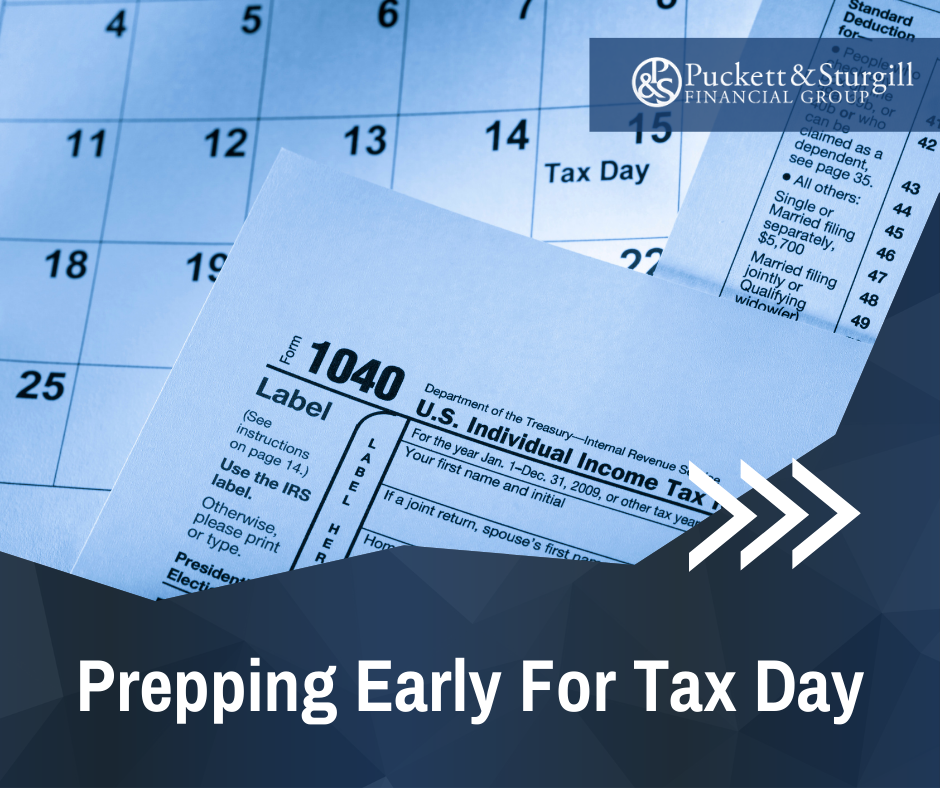
WHAT TO KNOW ABOUT THE SECURE ACT 2.0
With the signing of the Omnibus Appropriations package into law, both employees and employers can take advantage of more than 90 new provisions aimed at creating opportunities to create or modify workplace retirement plans and strategies. What to know about the Secure Act 2.0 that may impact you and your financial and retirement goals? Read below for a helpful overview of important information to know about the SECURE Act 2.0. Key Points
- Catch-up contribution changes
- Enhancement of tax credits for small business
- Changes to required minimum distributions (RMDs)
- Student loan payment matching
- Expansion of auto-enrollment
- Emergency plan modifications through a 401(k) plan
- Distribution of excess 529 assets to Roth IRAs
- Employer contributions to be offered to employees on a Roth basis
- SIMPLE and SEP contributions to be made on a Roth basis
- Self-correction and IRA violations without submission to the IRS
- Benefits for part-time and low to middle-income workers











